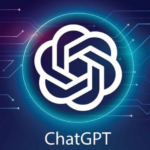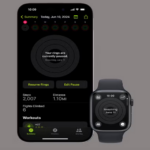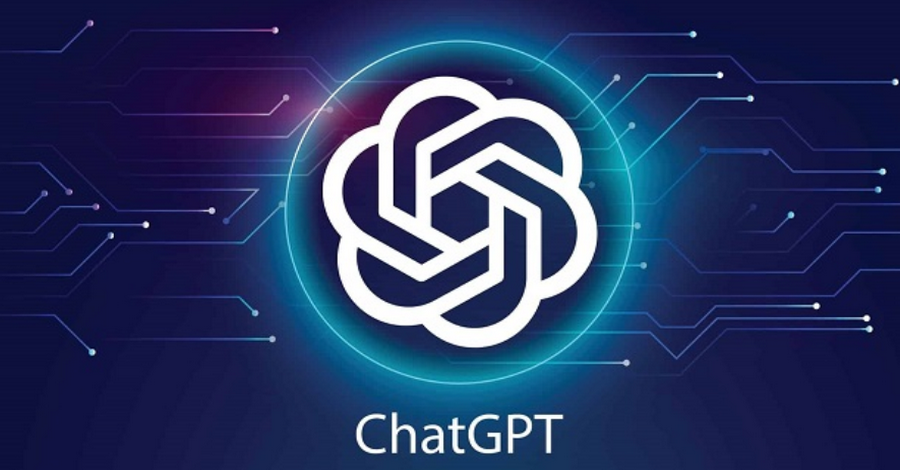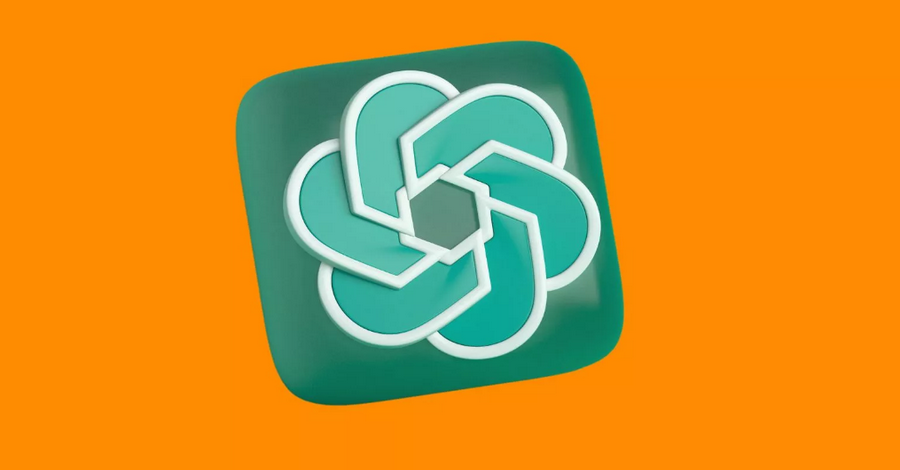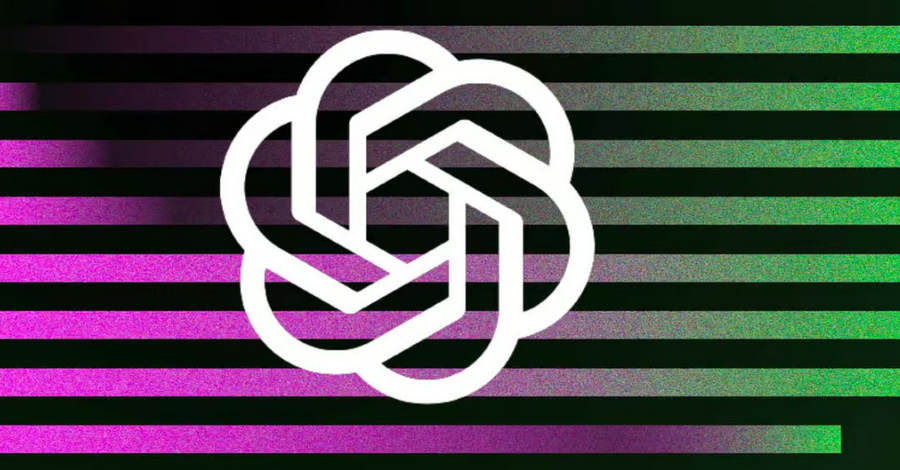As artificial intelligence continues to evolve, various models have emerged, each designed to cater to specific needs and applications. Among these, Google’s Gemini AI and OpenAI’s ChatGPT stand out as two of the most advanced language models currently available. In this article, I will explore the key features, capabilities, and differences between Google’s Gemini AI and ChatGPT, providing insights into how they compare in terms of functionality, performance, and usability.
1. Understanding the Basics: What Are Gemini AI and ChatGPT?
a. What is Google’s Gemini AI?
Gemini AI is a state-of-the-art language model developed by Google, designed to facilitate natural language understanding and generation. Gemini aims to excel in tasks such as:
- Conversational AI: Engaging users in dialogue and responding to queries.
- Content Generation: Creating coherent and contextually relevant written content.
- Multimodal Capabilities: Processing and integrating both text and visual inputs, allowing for a broader range of applications.
The Gemini model is built on Google’s extensive research in AI and machine learning, leveraging vast datasets and sophisticated algorithms to enhance its performance.
b. What is ChatGPT?
ChatGPT, developed by OpenAI, is another leading AI language model, recognized for its conversational abilities and versatility. Key features of ChatGPT include:
- Text Generation: Producing human-like text across various topics and styles.
- Question Answering: Providing informative responses to user inquiries.
- Fine-Tuning Options: Allowing developers to customize the model for specific applications and industries.
ChatGPT has gained popularity for its ability to facilitate engaging conversations and its wide range of applications, from customer support to content creation.
2. Core Differences in Design and Architecture
While both Gemini AI and ChatGPT are designed for language tasks, they differ significantly in their architecture and underlying technology:
a. Model Architecture
- Gemini AI: Gemini employs a unique architecture that focuses on multimodal processing. This allows it to handle text and visual data simultaneously, making it suitable for applications that require an understanding of both modalities, such as image captioning or visual question answering.
- ChatGPT: ChatGPT is primarily based on the transformer architecture, which excels at processing sequential data. Its strength lies in generating coherent text based on the input it receives. While ChatGPT has made strides in multimodal capabilities, its primary focus remains on text generation and conversation.
b. Training Data
- Gemini AI: Google’s Gemini is trained on a diverse dataset that includes a wide range of internet text and visual data. This extensive training helps it understand context, cultural references, and nuances across different types of content.
- ChatGPT: OpenAI’s ChatGPT is trained on a massive corpus of text from books, articles, and websites. While it is knowledgeable across various domains, it primarily relies on text-based data, which can limit its ability to integrate visual information seamlessly.
3. Functional Capabilities and Use Cases
When comparing Gemini AI and ChatGPT, it’s essential to examine their functional capabilities and the use cases they excel in:
a. Conversational Abilities
- Gemini AI: With its advanced language understanding, Gemini is capable of maintaining context over extended conversations. Its multimodal capabilities allow it to respond to visual inputs, making it suitable for applications where users may ask questions about images or videos.
- ChatGPT: ChatGPT is known for its engaging conversational style and ability to generate responses that feel natural and human-like. It excels in text-based conversations and can answer questions, provide recommendations, and even write stories or essays.
b. Content Creation
- Gemini AI: Gemini’s ability to integrate visual data allows it to create content that combines text and images, which is valuable for tasks such as creating educational materials or generating marketing content that requires visuals.
- ChatGPT: ChatGPT is highly effective at generating written content. It can produce blog posts, articles, scripts, and more, making it a versatile tool for content creators. Its focus on text means that it excels in situations where written output is the primary goal.
c. Multimodal Processing
- Gemini AI: One of Gemini’s standout features is its capability to process both text and images. This makes it ideal for applications in which understanding context from visuals is as important as understanding written content.
- ChatGPT: While ChatGPT has introduced some multimodal features, its strength remains in text. It may not perform as effectively in scenarios that require simultaneous analysis of visual and textual data.
4. User Experience and Accessibility
a. Interface and Usability
- Gemini AI: Google typically integrates its AI tools into various products, such as Google Search, Google Assistant, and other platforms. This integration allows users to access Gemini’s capabilities through familiar interfaces, enhancing usability.
- ChatGPT: OpenAI provides ChatGPT through its own platform, as well as integrations with other applications and services. The interface is designed to be user-friendly, allowing users to interact with the model easily and efficiently.
b. Availability and Access
- Gemini AI: As part of Google’s ecosystem, Gemini AI is integrated into many of Google’s services, making it widely accessible to users who rely on these platforms.
- ChatGPT: OpenAI offers ChatGPT through various access points, including a web interface, API access for developers, and integrations into popular applications, such as chatbots and virtual assistants.
5. Performance Comparison
When comparing the performance of Gemini AI and ChatGPT, several factors come into play:
a. Accuracy and Reliability
- Gemini AI: With its training on extensive multimodal datasets, Gemini often demonstrates strong accuracy in understanding context and providing relevant responses. Its ability to process visual information adds an additional layer of reliability in specific use cases.
- ChatGPT: ChatGPT is also highly reliable in generating text and answering questions. However, its accuracy can vary depending on the complexity of the queries and the specificity of the subject matter. For text-only tasks, it generally performs exceptionally well.
b. Speed and Efficiency
- Gemini AI: Gemini AI is designed to provide quick responses, particularly in real-time applications. Its integration with Google services often allows for fast processing and retrieval of information.
- ChatGPT: ChatGPT also offers rapid responses, making it suitable for real-time conversations. The efficiency of its text generation allows users to receive immediate feedback and assistance.
6. Ethical Considerations and Challenges
Both Gemini AI and ChatGPT face ethical considerations related to their use:
a. Bias and Fairness
- Gemini AI: Google is committed to addressing biases in AI models, and Gemini’s training aims to mitigate such issues. However, challenges remain in ensuring fairness across diverse applications.
- ChatGPT: OpenAI acknowledges the presence of biases in its models and actively works on methods to reduce their impact. This includes ongoing research and improvements to ensure fair and unbiased interactions.
b. Privacy and Security
- Gemini AI: Given its integration with Google services, privacy and data security are significant considerations for Gemini. Users must be aware of how their data is used and stored.
- ChatGPT: OpenAI places importance on user privacy and data security, with measures in place to protect user interactions and personal information.
7. Future Prospects
As AI technology continues to advance, both Gemini AI and ChatGPT are likely to evolve:
a. Innovations in Functionality
- Gemini AI: Future developments may focus on enhancing multimodal capabilities and expanding applications in various domains, such as education, healthcare, and creative content generation.
- ChatGPT: OpenAI is expected to introduce further refinements to improve accuracy, reduce biases, and enhance overall user experience. Ongoing research will likely lead to more sophisticated conversational abilities.
b. Broader Integration
- Gemini AI: As part of Google’s ecosystem, Gemini may become even more integrated into everyday applications, enhancing user experience across Google services.
- ChatGPT: OpenAI will continue to expand ChatGPT’s accessibility and integration into various platforms, allowing more users to leverage its capabilities in their workflows.
8. Conclusion
In summary, both Google’s Gemini AI and OpenAI’s ChatGPT are powerful language models that cater to different needs and applications. While Gemini AI excels in multimodal processing and integration with Google’s services, ChatGPT remains a versatile tool for text generation and conversational AI. Each has its strengths and weaknesses, making them suitable for various tasks depending on the specific requirements of the user. As AI technology continues to develop, both models will likely see advancements that enhance their capabilities, making them invaluable resources for individuals and organizations alike.


